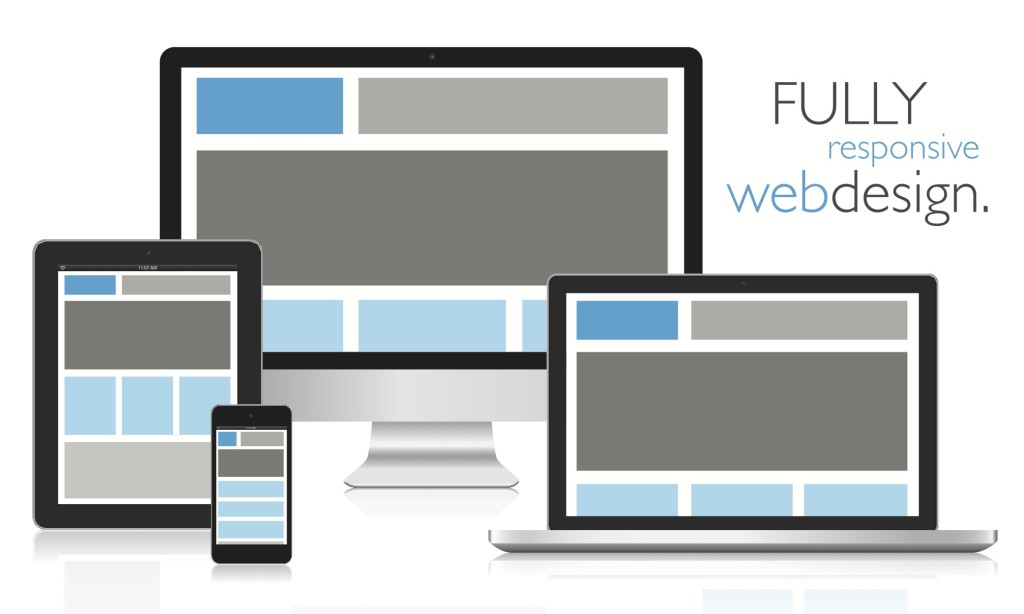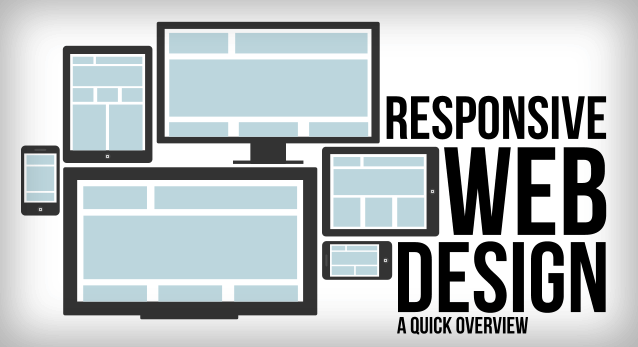
Difference Between Responsive and Mobile Design

The growing popularity of mobile devices compels many companies to adjust their website design to fit into different screen sizes. Users no longer want to pick up their smart phone and search for something to buy. And then leave their phones to use their desktop or laptop in purchasing the product.
To fit difference screen sizes, some web designers employ a mobile design while others opt for a responsive design, which is more complicated. These two types of web design can optimize your size for difference screens. But there are differences.

User experience
A mobile design is a copy of your own website. The server does the work in optimizing page that fits in smaller screen sizes. This is a cheaper choice.
Responsive design, on the other hand, is a flexible option as the device does the work in optimizing your site’s pages. It adjusts according to the user’s screen size and orientation. It switches automatically.
Website’s domain
When opting for a mobile design, you need to create a different domain. This can surely hurt your organic search traffic. You will also need to maintain two websites with the same content.
In responsive design, nothing changes in your domain name. But the codes on the back-end do change. Since you are maintaining your domain name, Google considers it as a better solution as it can avoid complicated redirects.
Links
Mobile design uses a separate domain. Thus, its links are different from your primary site. It is not good for search.
Responsive design, on the other hand, preserves link equity of your website. This is a better option for search.
Maintenance
Although a mobile design is cheaper than a responsive design, the overall cost can grow over time. Because mobile devices are evolving, you need to make sure that your mobile design is future-ready. To stay up-to-date with the next-generation mobile browsers, you have to conduct re-working of your mobile design. This could mean additional expense and higher maintenance.
Responsive design is always future-ready. When you add codes to your site, they can still work in the next few months or years without changing the codes. Because there is no additional expense in re-working of your responsive design, it can enhance your return on investment.
The winner
Because of the many advantages of opting for a responsive design, developers prefer it more than a mobile design. It may mean additional work. But the outcome is exceptional.
However, you do need to plan ahead. This means that you have to consider carefully the layouts and user experiences.
Although responsive design is more expensive than a mobile website, the former is still more fluid. It is also more advanced and is headed where the Internet is going. You can easily control the conversion of your website. It offers better user-experience and it makes your website more interactive.
All in all, responsive design’s benefits outweigh its overall cost.
If you wish to provide your audience with the same experience across devices, call us today and we can provide you with a user intuitive web design.